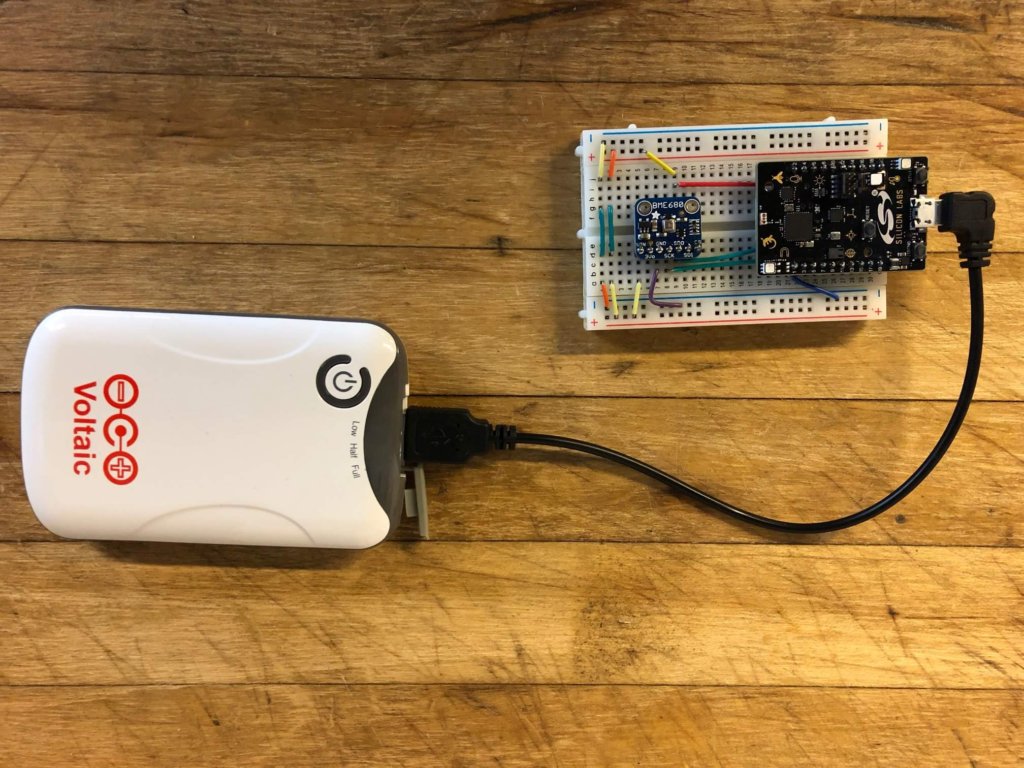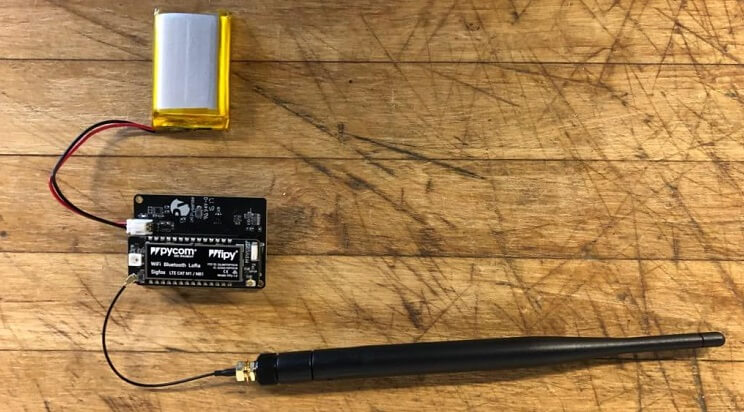To run an IoT device from solar you need to know how much power the device daily consumes (energy budget) and how much power you can produce from solar. Accurate data is extremely important. If your estimate of power consumption is too low, your system is more likely to run out of power. If your estimate is too high, then you will oversize and over spend on your solar panels and battery.
Use Watt hours as the Standard Unit of Power Consumption
Watt hours provide us with a consistent unit of power consumption and happens to work very well with the units of power for solar panels. Watt hours take into account the voltage of the battery. Ah or mAh measures of capacity do not. If you have a battery in front of you, the capacity in watt hours is calculated by multiplying the nominal voltage by the capacity in mAh. A 4,000mAh LiPo battery would be 14.8 Wh (4,000mAh * 3.7V = 14.8Wh). A 4Ah Lead Acid battery could be 48 Watt hours since it has a 12V nominal voltage.
Method 1: USB Multimeter
This is by far our favorite and easiest. Buy a $10-$20 digital USB multimeter on Amazon that shows real time voltage and current as well as total power consumption in Watt hours.

Measuring Power Consumption Using USB Multimeter
We recommend watching the multimeter and timing peak and base currents. This will be inaccurate, but will give you a sense for the timing and amplitude of current. For example if your system measures 5V, 500mA for 1 minute every 15 minutes and 5V, 50mA for the rest of the time, your total power consumption would be 9.6 Watt hours. (2.5 Watts x 1.6 hours/day + 0.25 Watts x 22.4 hours/day)
Next, run the system for 12-24 hours and get the total Watt hours reading from the multimeter. This should be close to your timing estimate above.
You can run this from a wall charger or one of our battery packs with Always On mode.
Method 2: Known Capacity Battery Pack
Fully charge a battery pack, either a LiPo or our V15, connect it to your device and time how long it lasts. Divide the Watt hours of the battery pack by the number of days the system lasts.
For example if your system lasts 3 days from our 15 Watt hour battery pack, it uses 5 Watt hours of battery capacity a day.

V15 Powering IoT Device in “Always On” Mode
The same logic holds when charging from a Lipo.

Measuring power consumption from LiIon of known capacity
Methods 1 and 2 are not an apples to apples comparison. Method 1 measures the power into your device and Method 2 measures how much battery capacity you consume. We believe method 2 will give you better information for sizing your system as it includes the losses from heat, voltage and current regulation, etc.
Sizing Your Battery for the Field
At a minimum, we suggest sizing your battery so that it can run your system for five days on its own. The reason is that there will always be times of extended cloud cover, rain, snow, etc. and the battery buffer is what will get you through that period. We have customers with 120 day power reserves so it all depends on your tolerance for downtime and ability to lower the power consumption of your system.

Leave a Reply